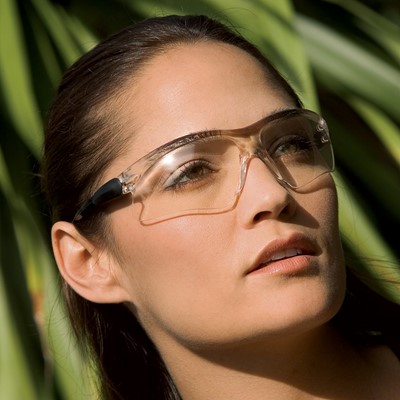Does Your Hard Hat Need a Chin Strap? Finding the Best Way to Secure Your Head Protection

Head protection is a safety requirement for many jobs and between the many different types of hard hats and safety helmets available, a worker has no shortage of options. One of the most common features to improve a helmet’s performance is a chin strap. There are numerous benefits to wearing head protection with a chin strap.
- Proper fastening: a helmet with chin strap will remain on your head even during a slip, trip, or fall, offering greater protection.
- Reduces projectile incidents: there are occasions when helmets themselves can fly off or fall from a worker’s head and hit someone else, which straps prevent.
- Improved defense: hard hats or helmets with chin straps tend to be designed for increased protection, incorporating side protection that a standard hard hat may not have.
- Working confidence: workers who feel safe on the job work more confidently and with greater focus, improving productivity.
Head protection should match the needs of the job and there are some tasks where working conditions necessitate a hard hat or helmet have a chin strap.
- Working at height: an elevated workspace may necessitate a secure helmet so that even in the event of a fall, your helmet stays on. You’ll also want to prevent your helmet from sliding off when you’re angled towards the ground or working on or over a leading edge.
- Windy conditions: much like when working at height, preventing your helmet from flying off in the wind will ensure your safety and the safety of others.
- Working around heavy machinery: jobs where debris or projectiles can fly make additional head coverage necessary
- Confined spaces: when working in cramped conditions, a loose or snagged helmet may present a hazard. Head protection with quick-release options may be especially valuable in close-quarters work.
- According to OSHA guidelines: the Occupational Safety and Health Administration (OSHA) requires different types of head protection for different situations, which may include a suspension system and chin strap
Choosing the right head protection is less a matter of what’s strictly better and more about what meets the safety needs of the wearer and the job. There are many situations where a chin strap is ideal, but in some circumstances further helmet adjustments or quick-remove options are necessary.
- ANSI Z89.1 rating: The American National Standards Institute (ANSI) classifies safety helmets based on their types of protection. Type I helmets protect the top of your head while Type II helmets provide both top and side impact protection. Either may have a chin strap.
- Comfort and fit: It’s crucial that your helmet fit snugly, but not be uncomfortably tight. A loose helmet can fall off or shift while an overly tight helmet can restrict movement; either can be both a distraction and danger. Chin straps may help improve a helmet’s fit.
- Suspension system: Helmets and hard hats have an interior framework that absorbs impact and cradles your head. This can improve fit through elements like a ratcheting system, padding, and various straps that help tighten the helmet or conform it to your head shape.
- Chin strap: A chin strap should not only be sturdy and secure, but also adjustable and easy to fasten and release, even when wearing work gloves. Many have quick-release buckles that allow for easy removal if the helmet is caught or snagged.
In most situations, a chin strap is an ideal tool for head protection: it helps create a better fit, which reduces distractions and stabilizes the helmet for consistent impact protection. The most important thing, however, is ensuring that the product features of your helmet or hard hat make it the safest choice for the job you’re about to do.



